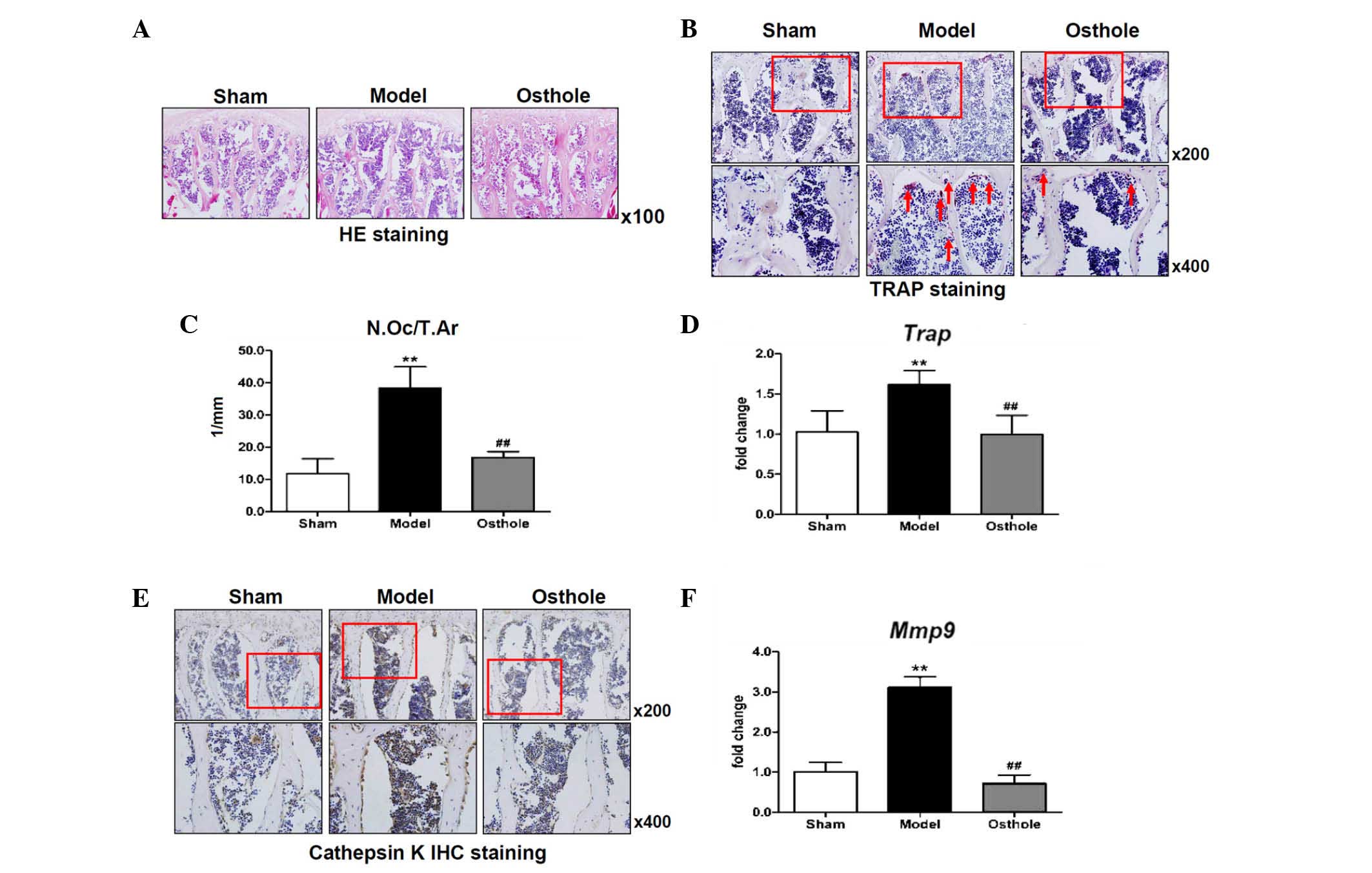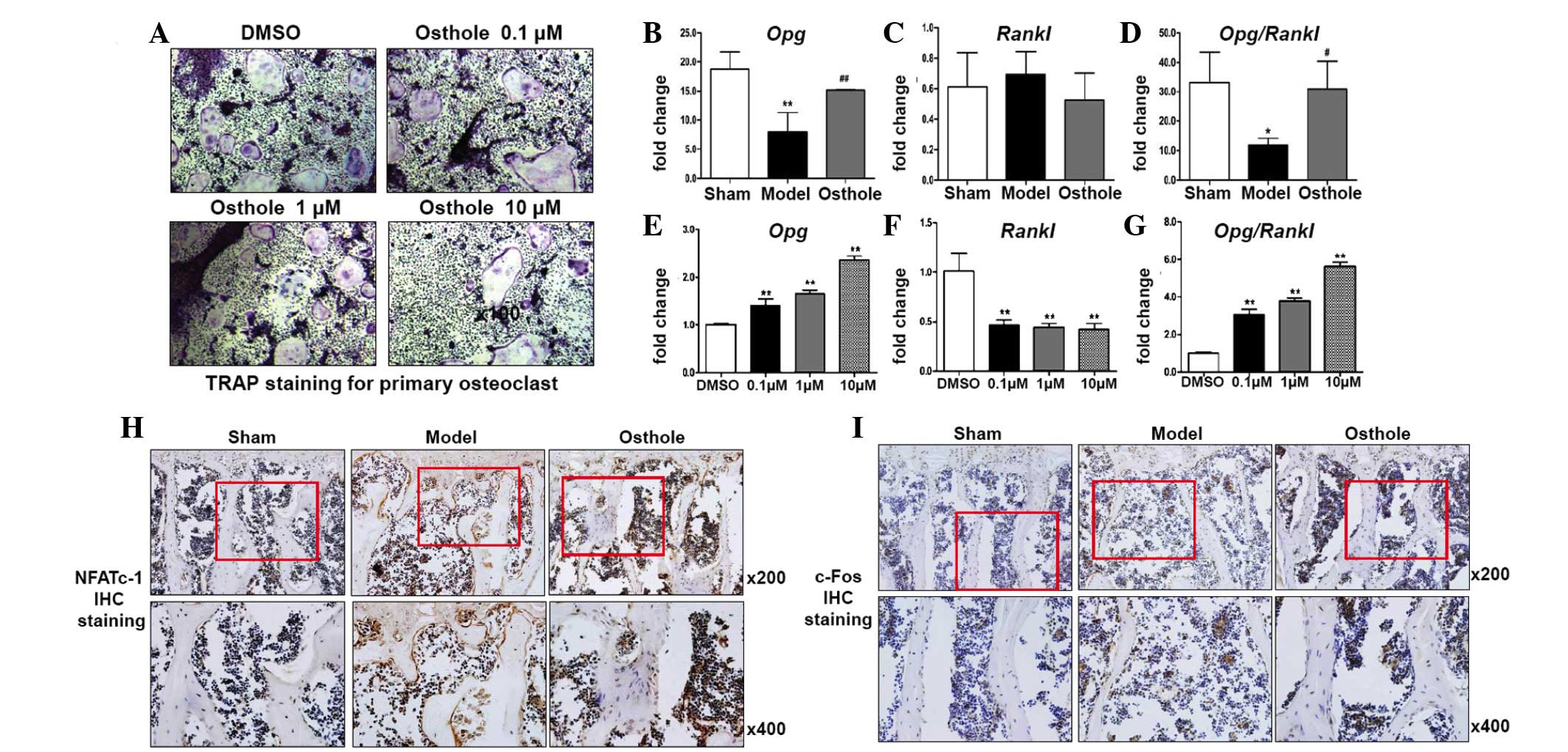|
1
|
Moe S, Drüeke T, Cunningham J, Goodman W,
Martin K, Olgaard K, Ott S, Sprague S, Lameire N and Eknoyan G;
Kidney Disease: Improving Global Outcomes (KDIGO): Definition,
evaluation, and classification of renal osteodystrophy: A position
statement from Kidney Disease: Improving Global Outcomes (KDIGO).
Kidney Int. 69:1945–1953. 2006. View Article : Google Scholar : PubMed/NCBI
|
|
2
|
Uhlig K, Berns JS, Kestenbaum B, Kumar R,
Leonard MB, Martin KJ, Sprague SM and Goldfarb S: KDOQI US
commentary on the 2009 KDIGO clinical practice guideline for the
diagnosis, evaluation and treatment of CKD-Mineral and Bone
Disorder (CKD-MBD). Am J Kidney Dis. 55:773–799. 2010. View Article : Google Scholar : PubMed/NCBI
|
|
3
|
Kidney Disease: Improving Global Outcomes
(KDIGO) CKD-MBD Work Group: KDIGO clinical practice guideline for
the diagnosis, evaluation, prevention, and treatment of Chronic
Kidney Disease-Mineral and Bone Disorder (CKD-MBD). Kidney Int.
Suppl(Suppl): S1–S130. 2009.
|
|
4
|
Sprague SM: The role of the bone biopsy in
the diagnosis of renal osteodystrophy. Semin Dial. 13:152–155.
2000. View Article : Google Scholar : PubMed/NCBI
|
|
5
|
Barreto FC, Barreto DV, Moyses RM, Neves
CL, Jorgetti V, Draibe SA, Canziani ME and Carvalho AB:
Osteoporosis in hemodialysis patients revisited by bone
histomorphometry: A new insight into an old problem. Kidney Int.
69:1852–1857. 2006. View Article : Google Scholar : PubMed/NCBI
|
|
6
|
Malluche HH and Monier-Faugere MC: Renal
osteodystrophy: What's in a name? Presentation of a clinically
useful new model to interpret bone histologic findings. Clin
Nephrol. 65:235–242. 2006. View
Article : Google Scholar : PubMed/NCBI
|
|
7
|
Go AS, Chertow GM, Fan D, McCulloch CE and
Hsu CY: Chronic kidney disease and the risks of death,
cardiovascular events, and hospitalization. N Engl J Med.
351:1296–1305. 2004. View Article : Google Scholar : PubMed/NCBI
|
|
8
|
Block GA, Hulbert-Shearon TE, Levin NW and
Port FK: Association of serum phosphorus and calcium × phosphate
product with mortality risk in chronic hemodialysis patients: A
national study. Am J Kidney Dis. 31:607–617. 1998. View Article : Google Scholar : PubMed/NCBI
|
|
9
|
Kestenbaum B, Sampson JN, Rudser KD,
Patterson DJ, Seliger SL, Young B, Sherrard DJ and Andress DL:
Serum phosphate levels and mortality risk among people with chronic
kidney disease. J Am Soc Nephrol. 16:520–528. 2005. View Article : Google Scholar
|
|
10
|
Keith DS, Nichols GA, Gullion CM, Brown JB
and Smith DH: Longitudinal follow-up and outcomes among a
population with chronic kidney disease in a large managed care
organization. Arch Intern Med. 164:659–663. 2004. View Article : Google Scholar : PubMed/NCBI
|
|
11
|
Coresh J, Astor BC, Greene T, Eknoyan G
and Levey AS: Prevalence of chronic kidney disease and decreased
kidney function in the adult US population: Third National Health
and Nutrition Examination Survey. Am J Kidney Dis. 41:1–12. 2003.
View Article : Google Scholar
|
|
12
|
Chang NT, Lee YH, Hsu JC, Chan CL, Huang
GS, Renn JH and Yang NP: Epidemiological study of orthopedic
injuries in hemodialysis patients in Taiwan: A fixed cohort survey,
2004–2008. Clin Interv Aging. 8:301–308. 2013. View Article : Google Scholar :
|
|
13
|
Alem AM, Sherrard DJ, Gillen DL, Weiss NS,
Beresford SA, Heckbert SR, Wong C and Stehman-Breen C: Increased
risk of hip fracture among patients with end-stage renal disease.
Kidney Int. 58:396–399. 2000. View Article : Google Scholar : PubMed/NCBI
|
|
14
|
Dooley AC, Weiss NS and Kestenbaum B:
Increased risk of hip fracture among men with CKD. Am J Kidney Dis.
51:38–44. 2008. View Article : Google Scholar
|
|
15
|
Schumock GT and Sprague SM: Clinical and
economic burden of fractures in patients with renal osteodystrophy.
Clin Nephrol. 67:201–208. 2007. View
Article : Google Scholar : PubMed/NCBI
|
|
16
|
Li XX, Hara I and Matsumiya T: Effects of
osthole on postmenopausal osteoporosis using ovariectomized rats;
comparison to the effects of estradiol. Biol Pharm Bull.
25:738–742. 2002. View Article : Google Scholar : PubMed/NCBI
|
|
17
|
Tang DZ, Hou W, Zhou Q, Zhang M, Holz J,
Sheu TJ, Li TF, Cheng SD, Shi Q, Harris SE, et al: Osthole
stimulates osteoblast differentiation and bone formation by
activation of beta-catenin-BMP signaling. J Bone Miner Res.
25:1234–1245. 2000. View
Article : Google Scholar
|
|
18
|
Sangidorj O, Yang SH, Jang HR, Lee JP, Cha
RH, Kim SM, Lim CS and Kim YS: Bone marrow-derived endothelial
progenitor cells confer renal protection in a murine chronic renal
failure model. Am J Physiol Renal Physiol. 299:F325–F335. 2010.
View Article : Google Scholar : PubMed/NCBI
|
|
19
|
Schmittgen TD, Zakrajsek BA, Mills AG,
Gorn V, Singer MJ and Reed MW: Quantitative reverse
transcription-polymerase chain reaction to study mRNA decay:
Comparison of endpoint and real-time methods. Anal Biochem.
285:194–204. 2000. View Article : Google Scholar : PubMed/NCBI
|
|
20
|
Chen YF, Tsai HY and Wu TS:
Anti-inflammatory and analgesic activities from roots of Angelica
pubescens. Planta Med. 61:2–8. 1995. View Article : Google Scholar : PubMed/NCBI
|
|
21
|
Ko FN, Wu TS, Liou MJ, Huang TF and Teng
CM: Vasorelaxation of rat thoracic aorta caused by osthole isolated
from Angelica pubescens. Eur J Pharmacol. 219:29–34. 1992.
View Article : Google Scholar : PubMed/NCBI
|
|
22
|
Malluche HH, Ritz E, Lange HP, Kutschera
L, Hodgson M, Seiffert U and Schoeppe W: Bone histology in
incipient and advanced renal failure. Kidney Int. 9:355–362. 1976.
View Article : Google Scholar : PubMed/NCBI
|
|
23
|
Kaye M, Zucker SW, Leclerc YG, Prichard S,
Hodsman AB and Barré PE: Osteoclast enlargement in endstage renal
disease. Kidney Int. 27:574–581. 1985. View Article : Google Scholar : PubMed/NCBI
|
|
24
|
Tomat A, Gamba CA, Mandalunis P, De Grandi
MC, Somoza J, Friedman S and Zeni S: Changes in bone volume and
bone resorption by olpadronate treatment in an experimental model
of uremic bone disease. J Musculoskelet Neuronal Interact.
5:174–181. 2005.PubMed/NCBI
|
|
25
|
Kawaguchi Y, Kawashima H, Ueno K, Izawa Y,
Makita T, Kurozumi S, Hashimoto Y, Yamamoto M, Kimura Y, Imamura N,
et al: Effect of 1 alpha-hydroxyvitamin D3 in rats with
experimental renal osteodystrophy. Endocrinol Jpn. 26(Suppl):
S73–S79. 1979. View Article : Google Scholar
|
|
26
|
Moscovici A, Bernheim J, Popovtzer MM and
Rubinger D: Renal osteodystrophy in rats with reduced renal mass.
Nephrol Dial Transplant. 11(Suppl 3): S146–S152. 1996. View Article : Google Scholar
|
|
27
|
Udagawa N, Takahashi N, Yasuda H, Mizuno
A, Itoh K, Ueno Y, Shinki T, Gillespie MT, Martin TJ, Higashio K
and Suda T: Osteoprotegerin produced by osteoblasts is an important
regulator in osteoclast development and function. Endocrinology.
141:3478–3484. 2000.PubMed/NCBI
|
|
28
|
Gori F, Hofbauer LC, Dunstan CR, Spelsberg
TC, Khosla S and Riggs BL: The expression of osteoprotegerin and
RANK ligand and the support of osteoclast formation by
stromal-osteoblast lineage cells is developmentally regulated.
Endocrinology. 141:4768–4776. 2000.PubMed/NCBI
|
|
29
|
Yasuda H, Shima N, Nakagawa N, Yamaguchi
K, Kinosaki M, Goto M, Mochizuki SI, Tsuda E, Morinaga T, Udagawa
N, et al: A novel molecular mechanism modulating osteoclast
differentiation and function. Bone. 25:109–113. 1999. View Article : Google Scholar : PubMed/NCBI
|
|
30
|
Nakashima T, Hayashi M and Takayanagi H:
New insights into osteoclastogenic signaling mechanisms. Trends
Endocrinol Metab. 23:582–590. 2012. View Article : Google Scholar : PubMed/NCBI
|
|
31
|
Yasuda H, Shima N, Nakagawa N, Yamaguchi
K, Kinosaki M, Mochizuki S, Tomoyasu A, Yano K, Goto M, Murakami A,
et al: Osteoclast differentiation factor is a ligand for
osteoprotegerin/osteoclastogenesis-inhibitory factor and is
identical to TRANCE/RANKL. Proc Natl Acad Sci USA. 95:3597–3602.
1998. View Article : Google Scholar : PubMed/NCBI
|
|
32
|
Padagas J, Colloton M, Shalhoub V,
Kostenuik P, Morony S, Munyakazi L, Guo M, Gianneschi D, Shatzen E,
Geng Z, et al: The receptor activator of nuclear factor-kappaB
ligand inhibitor osteoprotegerin is a bone-protective agent in a
rat model of chronic renal insufficiency and hyperparathyroidism.
Calcif Tissue Int. 78:35–44. 2006. View Article : Google Scholar
|
|
33
|
Hsieh MT, Hsieh CL, Wang WH, Chen CS, Lin
CJ and Wu CR: Osthole improves aspects of spatial performance in
ovariectomized rats. Am J Chin Med. 32:11–20. 2004. View Article : Google Scholar : PubMed/NCBI
|
|
34
|
Lindberg MK, Erlandsson M, Alatalo SL,
Windahl S, Andersson G, Halleen JM, Carlsten H, Gustafsson JA and
Ohlsson C: Estrogen receptor alpha, but not estrogen receptor beta,
is involved in the regulation of the OPG/RANKL
(osteoprotegerin/receptor activator of NF-kappa B ligand) ratio and
serum interleukin-6 in male mice. J Endocrinol. 171:425–433. 2001.
View Article : Google Scholar : PubMed/NCBI
|
|
35
|
Bord S, Ireland DC, Beavan SR and Compston
JE: The effects of estrogen on osteoprotegerin, RANKL, and estrogen
receptor expression in human osteoblasts. Bone. 32:136–141. 2003.
View Article : Google Scholar : PubMed/NCBI
|
|
36
|
Zhai YK, Pan YL, Niu YB, Li CR, Wu XL, Fan
WT, Lu TL, Mei QB and Xian CJ: The importance of the prenyl group
in the activities of osthole in enhancing bone formation and
inhibiting bone resorption in vitro. Int J Endocrinol.
2014:9219542014. View Article : Google Scholar : PubMed/NCBI
|
|
37
|
Takayanagi H, Kim S, Koga T, Nishina H,
Isshiki M, Yoshida H, Saiura A, Isobe M, Yokochi T, Inoue J, et al:
Induction and activation of the transcription factor NFATc-1
(NFAT2) integrate RANKL signaling in terminal differentiation of
osteoclasts. Dev Cell. 3:889–901. 2002. View Article : Google Scholar : PubMed/NCBI
|
|
38
|
Crabtree GR and Olson EN: NFAT signaling:
Choreographing the social lives of cells. Cell. 109(Suppl):
S67–S79. 2002. View Article : Google Scholar : PubMed/NCBI
|


















